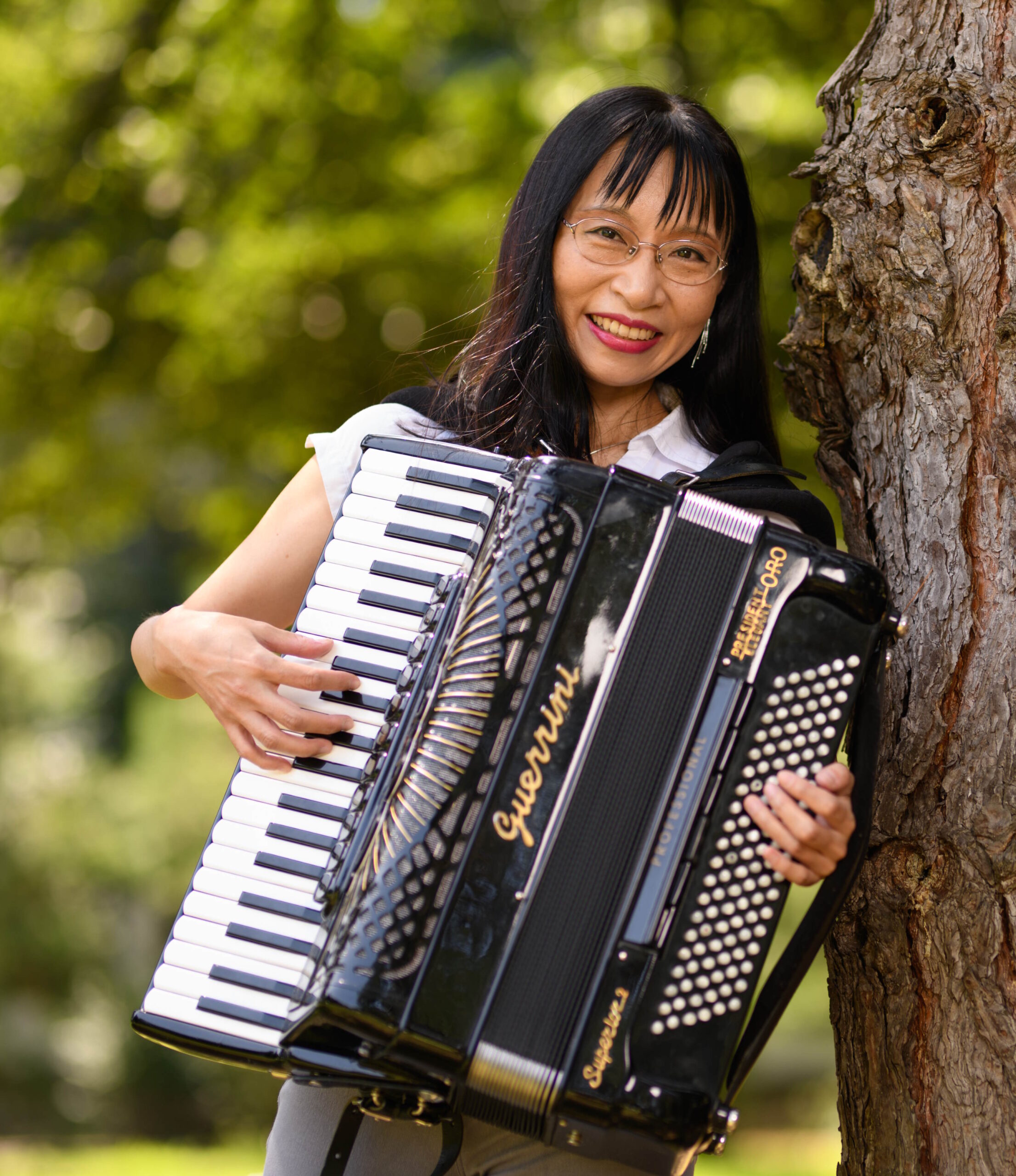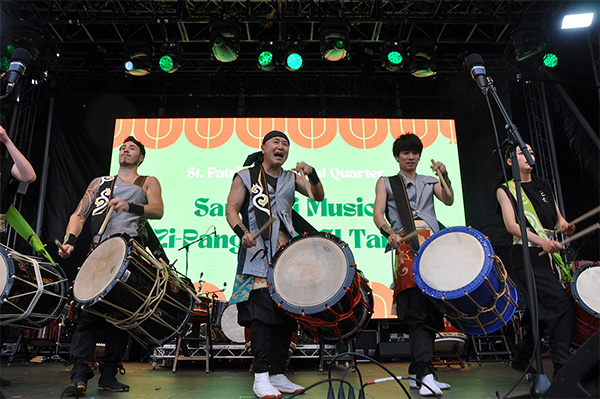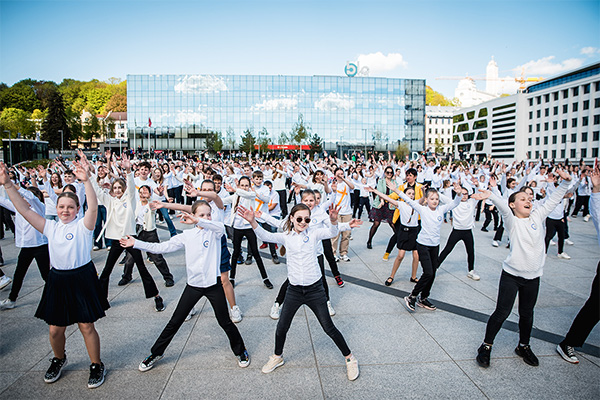Column
ColumnJapan and Serbia: Multi-layered linking project
The concept of the project was for a trio of Japanese musicians to perform the music of both countries on instruments representing Japan and Serbia. This was the initial basis of the project, but as the preparations for the performances progressed, the two countries became more closely involved. As a result, I felt that all of us, the musicians, the organisers and the audiences, were able to enjoy the music of both countries and know that we can bring them together.
Trio EN performed in five cities in Serbia. In two of these cities, we participated in annual local music events. (One was in Belgrade, the capital city of Serbia, an event entitled ‘Music played by the Museum’ at the Historical Museum, and the other was in Smederevo, the year-end event ‘NOKOS’, organised by the Music School Kosta Manojlović. Both events take place every year for about a month and involve about 10 groups.) At the same time appealing to the audience with the fact that we, the players, were Japanese, we had to prepare and play in the same position as other local musicians. But it allowed us to fit into the event. We were accepted by the organisers and the audience, and we retained our uniqueness.Also, by participating in a local event, we were able to reach an audience that was not really interested in Japan. There are many pro-Japanese people in Serbia, so it is relatively easy to invite them to events, but it is difficult to attract those who are not very interested in Japan. These concerts were also important in the sense that we were able to bring more people into contact with Japan and Japanese music.
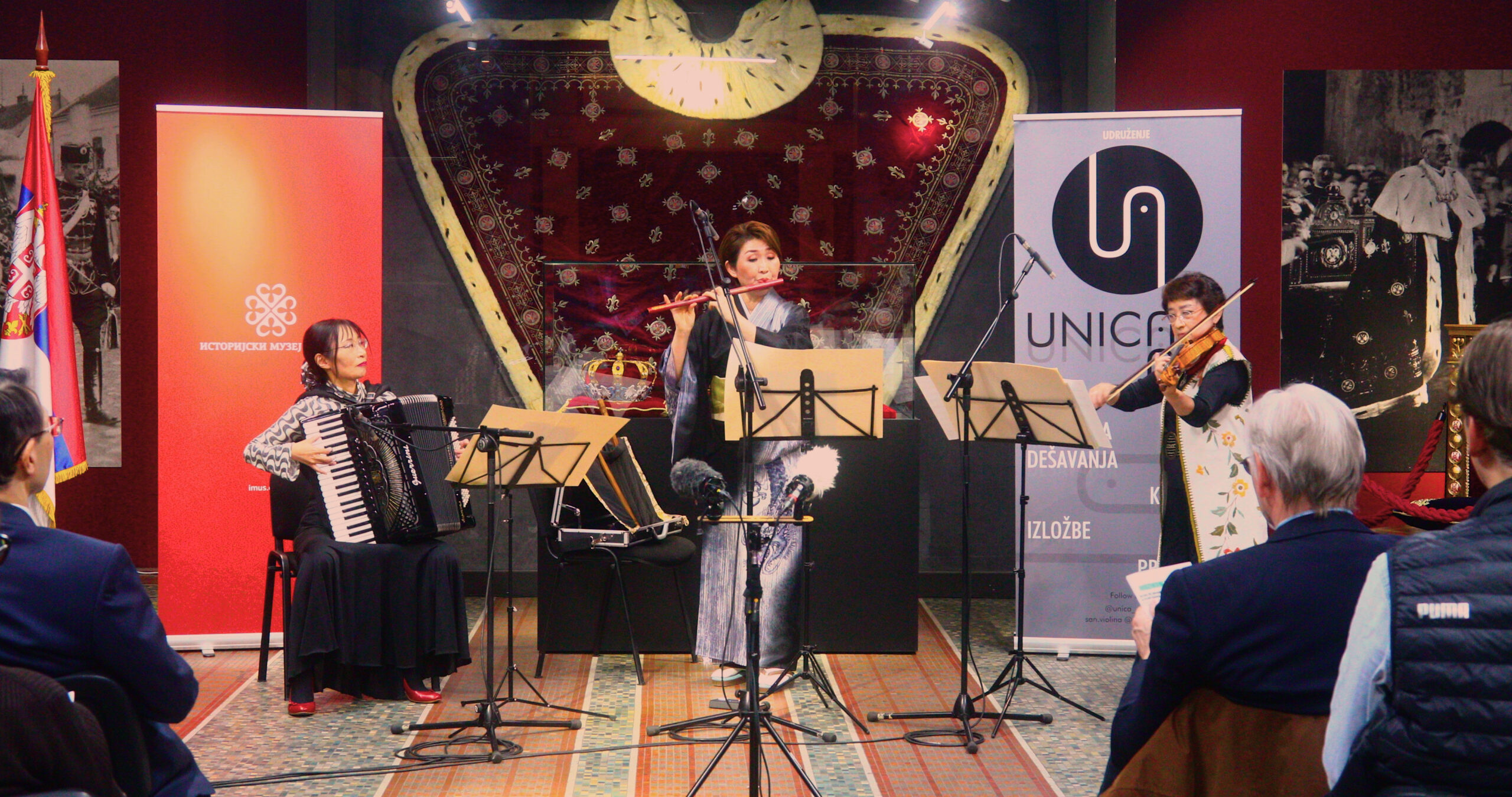
Besides it, we had concerts to deepen ties with organisations and cities that already have close relationship with Japan. In Požarevac, we played together with the local choir group, City Women’s Choir Barilli, which sings Japanese songs in Japanese. We also played in Novi Sad, which was the European Capital of Culture in 2022. As I mentioned above for four of the five cities where we played, the fifth city, Niš, was a completely different approach. In Niš, a concert for Trio EN was organised by the director of the city’s cultural centre. Niš is the third largest city in Serbia, but it is far from the capital and there are not many events related to Japan. In such a situation, the concert that the director of the centre attracted and organised was a big step towards getting local people interested in Japan.
“EN” is a trio group consisting of the bamboo flute “Shinobue”, a traditional Japanese musical instrument, the accordion and the violin, which are often used in Serbian folk music. At the beginning of the concert, Shinobue and accordion played the theme song from a classic Serbian football film. We received a comment that it was so good that it brought tears to the eyes of the audience. And we felt it was the perfect choice to start our trio’s style of playing music from both countries on both instruments. We also received applause when we played the standard pieces in Serbian bars and at weddings. A local professional flutist liked our arrangement of a medley of Serbian folk music and asked us for the score of our medley. Serbian music is familiar to the Serbian people, but we were able to create uniqueness by performing it as Japanese musicians using instruments from both countries. As a result, we found that our concert was well received and the local people enjoyed it very much.
On the other hand, about Japanese music, we felt that we also had to introduce authentic Japanese music, which is rarely heard in Serbia. The audience was very much attracted by a solo performance of a Shinobue masterpiece by Shinobue player Tatara Toki, a member of Trio EN. I think “Koto”, “Shamisen” and “Japanese drum” are the first Japanese musical instruments that often come to mind. The audience was surprised when I told them during the commentary that the Shinobue is made of bamboo, not wood. Performing Shinobue in Serbia was a very precious opportunity. After that, we also played Japanese music as a trio. Since instruments other than the Shinobue, especially the accordion, do not fit into traditional Japanese music playing, we necessarily chose contemporary music. We also played Japanese and Serbian songs, combining them one after the other.
With these performances, I think we were also able to offer music that was different from the so-called Japanese style. We presented different aspects of Japanese music, such as traditional Japanese music, popular music and medleys with Serbian songs, and we were also able to build a bridge between Japanese and Serbian music.
The concerts were well received in all cities. Especially in the city of Belgrade, our performance appeared as an article on more than 10 online news sites. In Požarevac, a very famous local poet wrote a poem about Trio EN.
We were very honored to receive the Japanese Ambassador to Serbia, Mr. and Mrs. Imamura, together with the staff of the Japanese Embassy in Belgrade, and an assistant to the Mayor in Požarevac.
The audience commented: “I was very happy to feel your heart and energy in the performance of Serbian music”, “This was the first time I heard Shinobue play, but I could see the scenery of Japan behind the sound”, “ I heard in the concert commentary that the Shinobue was played in a place of prayer to God, and I could understand that”, “I was surprised how the instruments and music of Serbia and Japan, two countries so far apart, could harmonise so well” etc.
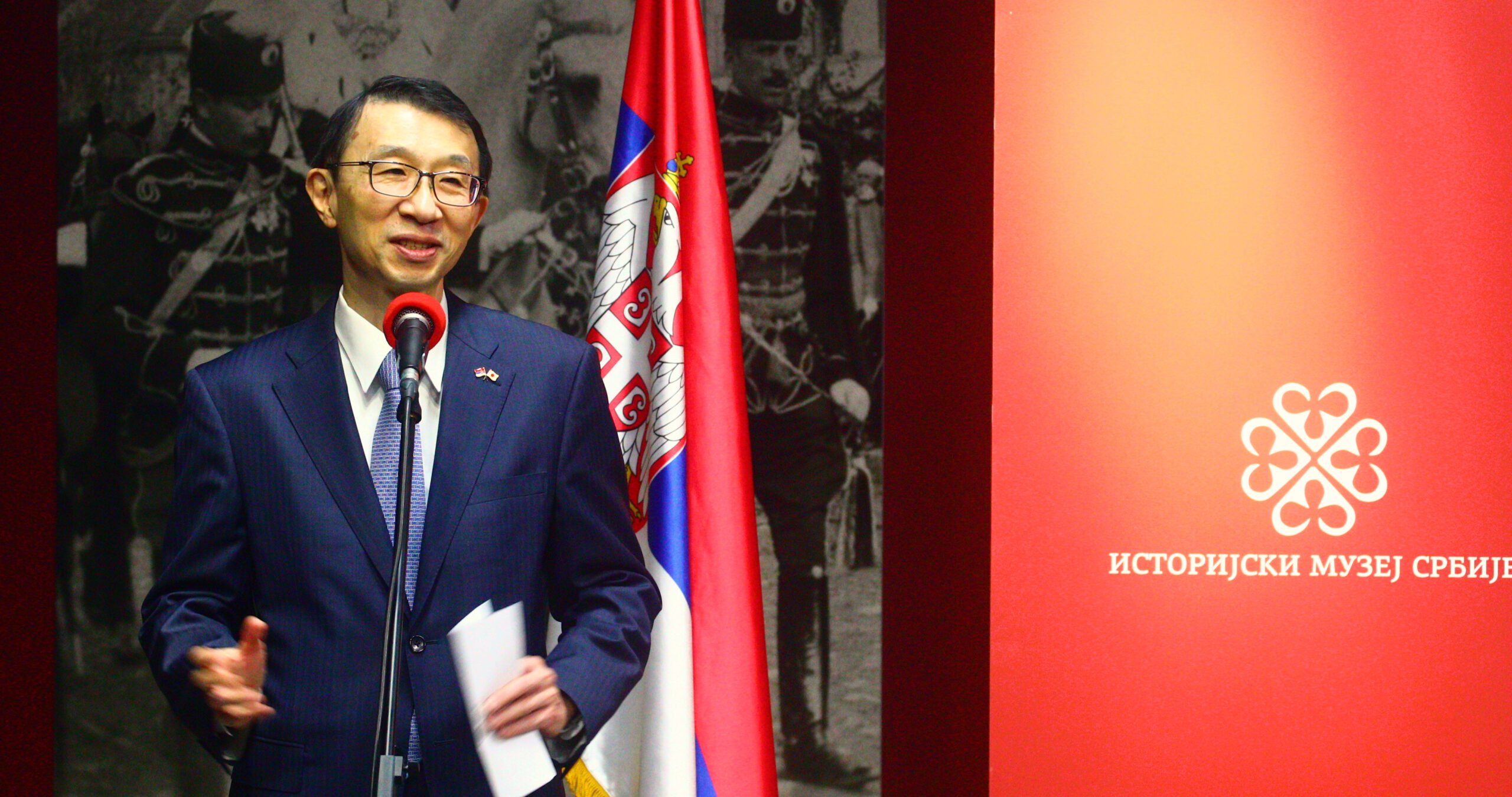
Prospects for the future.
Each member of EN has had contact with a number of local musicians through our performances and is in contact with them on social networking sites. In addition, Shabats City, a sister city of Fujimi City in Saitama Prefecture, has also asked us to perform there, although this time it was not possible due to a tight schedule. Of course, we are in contact with the organisers, Music School Kosta Manojlović and City Women’s Choir Barilli, who supported us in the five cities where we performed. We plan to use these exchanges to visit Serbia again and invite Serbian musicians to Japan, at which time we would like to have a joint performance between Serbian musicians and EN.

